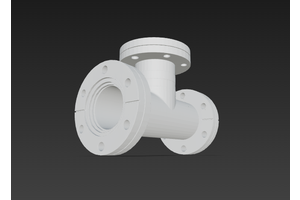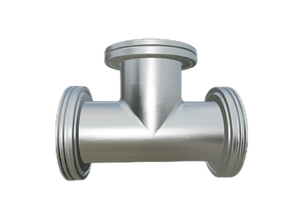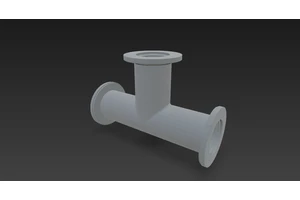-
How to Achieve an Ultra-High Vacuum Environment
To achieve an ultra-high vacuum (UHV) environment, several steps and techniques are required. UHV usually refers to pressures below10⁻⁷ Pa, where even trace amounts of gas molecules can interfere with experiments or processes.First, thevacuum chambermust be designed with suitable materials, such as stainless steel or aluminum alloys, which release very little gas and can withstand high temperatures for baking. Surfaces inside the chamber are usually polished and cleaned to reduce trapped gases.Second, the process typically begins with aroughing pump, such as a rotary vane pump or a dry scroll pump, to bring the pressure down to the low vacuum range. Once this level is reached, ahigh-vacuum pumplike a turbomolecular pump or diffusion pump is used to further reduce pressure. To reach UHV conditions,ion pumps,getter pumps, orcryogenic pumpsare often added. These pumps target the remaining molecules that mechanical pumps cannot remove effectively.Another essential step isbaking the chamber
View -
Can you explain in detail the applications of ultra-high vacuum (UHV)?
Ultra-High Vacuum (UHV) refers to an extremely low-pressure environment, typically below 1×10^-7 Pascals and can reach down to less than 1×10^-10 Pascals. In such conditions, only a very small number of molecules exist per cubic centimeter, making UHV crucial for various scientific research and technological applications. Here are some key applications of UHV:Surface Science: Experiments conducted under UHV greatly reduce the risk of surface contamination and oxidation since there are virtually no residual gas molecules to react with the sample surfaces. This makes UHV ideal for studying the physical and chemical properties of material surfaces, including adsorption, desorption processes, and catalysis.Thin Film Growth Technologies: Techniques like Molecular Beam Epitaxy (MBE) and Atomic Layer Deposition (ALD) require extremely pure environments to ensure the quality and uniformity of the thin films produced. UHV conditions prevent the introduction of impurities, thus guaranteeing the
View -
How is vacuum categorized? (Rough vacuum, Medium vacuum, High vacuum, Ultra-high vacuum, Extreme high vacuum).
Vacuum can be classified into five categories based on their pressure range, which reflects the number of gas molecules per unit area:Rough Vacuum: This ranges from atmospheric pressure (around 101325 Pascals) to approximately 2.7×10^-2 Pascals. It's the easiest level of vacuum to achieve and is commonly seen in household appliances like vacuum cleaners.Medium Vacuum: The pressure here lies between roughly 2.7×10^-2 Pascals and 1×10^-4 Pascals. This level of vacuum is often used in some industrial processes.High Vacuum: In this category, the pressure falls within 1×10^-4 Pascals to 1×10^-7 Pascals. At this level, only several million molecules exist per cubic centimeter, suitable for processes like coating.Ultra-High Vacuum (UHV): This ranges from 1×10^-7 Pascals down to less than 1×10^-10 Pascals. Such a high degree of vacuum is crucial for experiments in surface science.Extreme High Vacuum: Generally refers to pressures below 1×10^-10 Pascals, representing extreme conditions used in
View
Ultra-high vacuum




